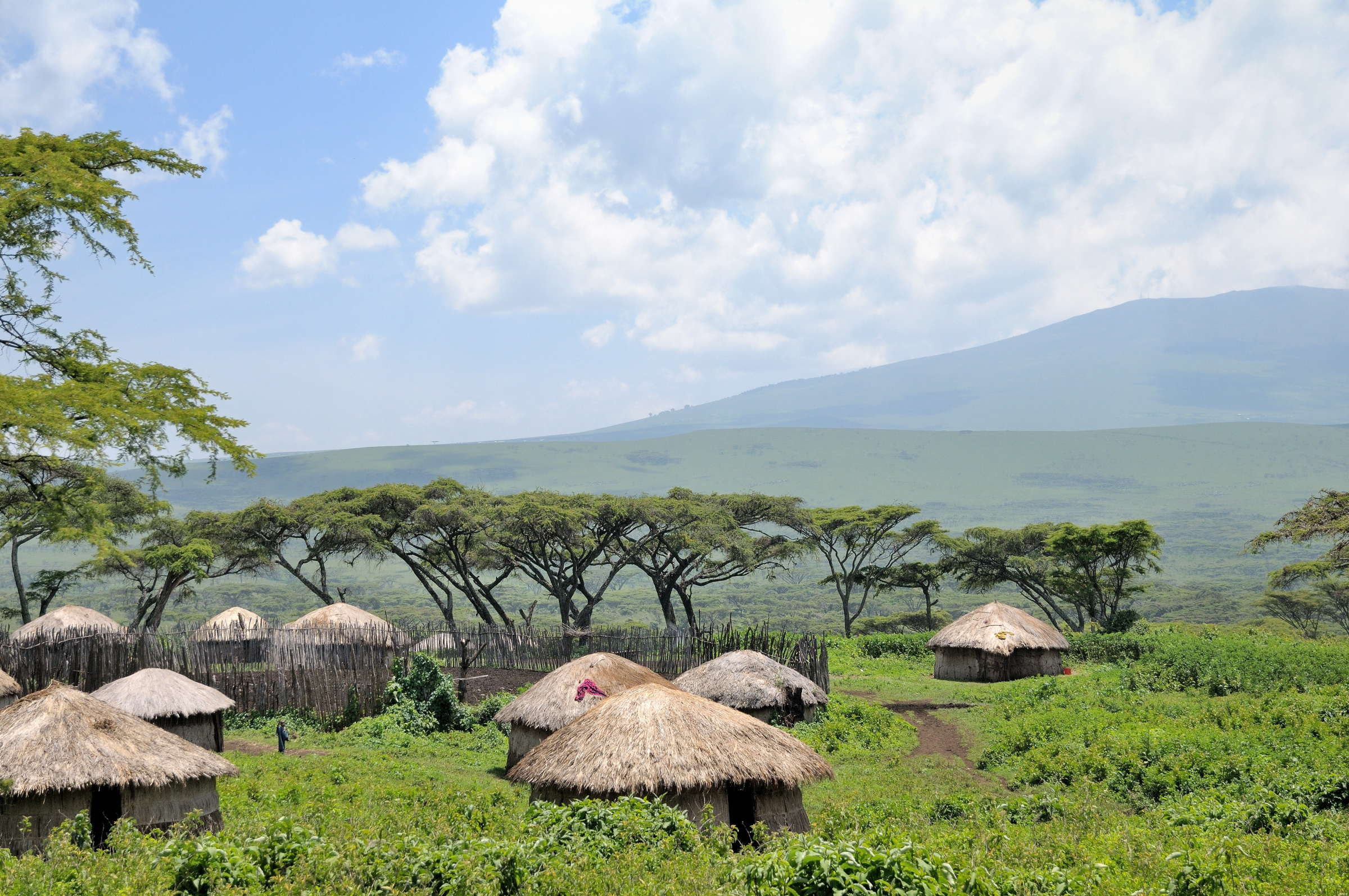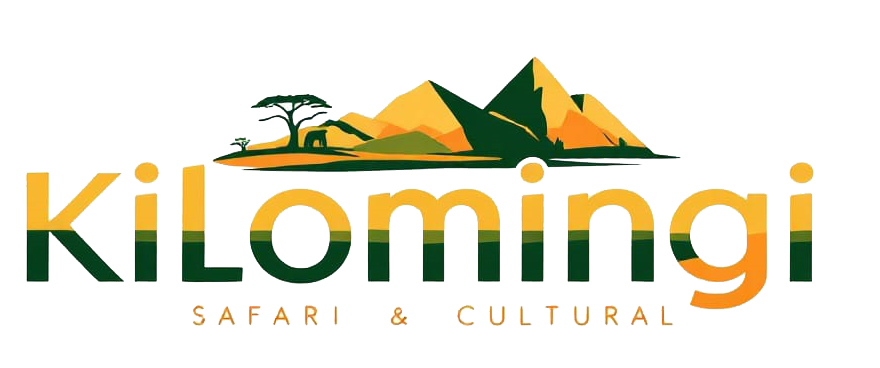Tanzania's Natural Wonder
The Ngorongoro Conservation Area (NCA) is a UNESCO World Heritage Site in Tanzania’s Crater Highlands, located about 180 km (110 mi) west of Arusha. Named after the breath taking Ngorongoro Crater, this protected area is one of the most remarkable and unchanged wildlife sanctuaries on Earth. It is managed by the Ngorongoro Conservation Area Authority, part of the Tanzanian government, and forms part of the northern Tanzania safari circuit.
Ngorongoro Crater – The Heart of the NCA
The highlight of the NCA is the Ngorongoro Crater, the world’s largest inactive, intact, and unfilled volcanic caldera. Formed two to three million years ago when a massive volcano collapsed, the crater is 610 meters (2,000 feet) deep and covers 260 sq km (100 sq miles). Its floor lies at 1,800 m (5,900 ft) above sea level and hosts one of the densest concentrations of wildlife in Africa.
Voted one of the Seven Natural Wonders of Africa, the crater offers a year-round safari paradise. The eastern highlands receive up to 1,200 mm of rainfall annually, supporting lush montane forest, while the western slopes and crater floor are dominated by grasslands, acacia woodlands, and open plains.
 Wildlife in Ngorongoro
Wildlife in Ngorongoro
Around 25,000 large animals live in the crater, including black rhinoceros, which is one of the last strongholds in Tanzania for these endangered creatures. Other animals include African buffalo, hippos, blue wildebeests, zebras, eland, and gazelles. Predators also stalk these plains, lions, spotted hyenas, and occasionally leopards, cheetahs, and African wild dogs can be found within NCA. Notably, giraffes and impalas are absent due to the lack of suitable vegetation, crocodiles also do not inhabit the crater.
Cultural Heritage – The Maasai and Olduvai
The NCA is unique for being a multi-use conservation area where wildlife coexists with the semi-nomadic Maasai people, who graze cattle within the protected boundaries. While this coexistence in not without challenges, it forms a vital part of the area’s cultural identity.
Within the NCA lies Olduvai Gorge (also called Olduqai Gorge), one of the most important paleoanthropological sites in the world. Excavations here have revealed fossilized remains and stone tools that have transformed our understanding of early human evolution, earning it the nickname “The Cradle of Mankind.”
Quick Facts – Ngorongoro Conservation Area
Location: 180 km west of Arusha
Size: 8,292 sq km (3,202 sq miles)
Highlights
- Ngorongoro Crater
- Maasai culture
- Olduvai Gorge
- Big Five wildlife viewings
Things to do in Ngorongoro Conservation Area
- Full-day game drives inside Ngorongoro Crater
- Cultural visits to Maasai villages
- Combined tours with the Serengeti, Lake Manyara, and Tarangire
- Visits to Olduvai Gorge Museum and archaeological sites
Best Time to Visit
Predator sightings: June – October
Dry season
